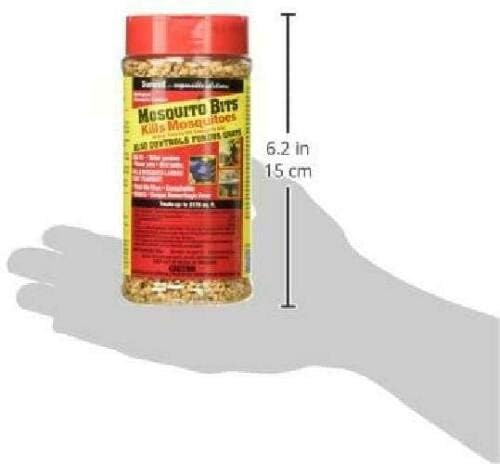Servicios al cliente
Sobre nosotros
Copyright © 2025 Desertcart Holdings Limited
Desert Online General Trading LLC
Dubai, United Arab Emirates





🦟 Bye-bye, mosquitoes! Your backyard oasis awaits!
The 116-12 Quick Kill Mosquito Bits is an EPA-registered, eco-friendly solution designed to eliminate mosquitoes swiftly within 24 hours. This 8-ounce product is easy to use—just sprinkle it in any standing water to ensure a mosquito-free environment. Perfect for the environmentally conscious consumer, it combines effective pest control with responsible practices.
| Product Dimensions | 14.99 x 6.86 x 6.6 cm; 226.8 g |
| Part number | 116-12 |
| Item display height | 3 inches |
| Item display length | 3 inches |
| Item display width | 6 inches |
| Item display weight | 454 g |
| Material type | Plastic |
| Ingredients | Bacillus Thuringiensis Subspecies Isrealensis Primary Powder Aedes Aegypti (Aa) International Toxic Units (Itu) Per Milligram Primary Powder. |
| Item volume | 8 Fluid Ounces |
| Power source type | Manual |
| Department | Unisex-Adult |
| Manufacturer | Summit...reponsible solutions. |
| Item model number | 116-12 |
| ASIN | B0001LE1VC |
Trustpilot
Hace 1 semana
Hace 3 semanas